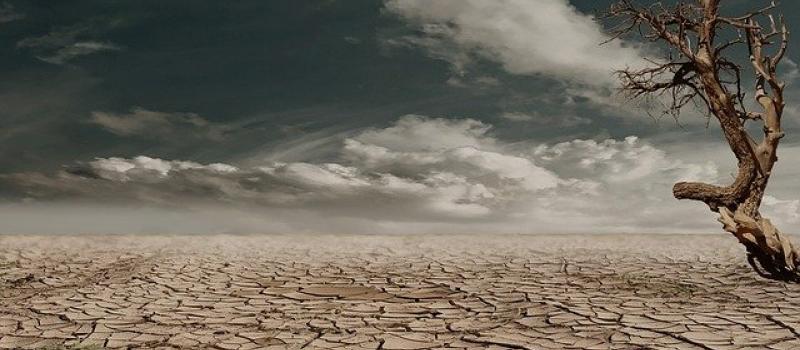
The cost of water, on the rise...
What do we gain from the overexploitation of the Rio Laja Aquifer, a source of water for the urban and rural areas of 11 municipalities in the North-Northeast of Guanajuato? What will we gain from the continuous drilling of wells for the growth of agribusiness and industrial corridors? Dazzling and fleeting economy. Many short-lived jobs. Land depletion, groundwater depletion. Depleting land. Depleting groundwater. Life that is running out. We know that recovering what has been lost has a high monetary "cost" ...if it’s not too late.
The authorities address the issues with complex infrastructures that do not offer viable, sustainable alternatives. Instead they are based on adding to the overexploitation of a depleted aquifer, leaving aside budgets and attention to comprehensive alternative projects based on surface water, green infrastructure and education to change wasteful habits.
Such is the case of the construction of the "Acuaférico SAPASMA 2040" plan that carries a high cost for its implementation and operation. According to the municipal planning document, it is intended to supply the urban area of San Miguel de Allende and threatens to triple the urbanized hectares in the medium and long term. In 1933 the urban perimeter of SMA was 1,200 hectares. By 2015 it increased to 2,357 hectares. In 2017 it grew to 2,550 hectares. In 2019 it reached 2,867 hectares. In 2040 the urban perimeter of San Miguel de Allende is projected to have 9,256 hectares.
This expansion requires an increase in drinking water intakes, even though there is no regulation detailing the green infrastructure needs for water resilience. To this would be added the current problem -already acknowledged by the authorities- of contaminated wells and water scarcity.
According to Abelardo López, a specialist in public policy analysis and the Sustainable Development Agenda 2030 goals, "in 2018 Sapasma recognized 28,274 registered drinking water intakes. Today we exceed 30 thousand. With the new subdivisions that are being built, we may soon reach 35,000 intakes. But where is that water going to come from? In the municipality of San Miguel de Allende alone there are 1,309 wells recognized by Conagua. There may be more... that are clandestine."
To this conversation must be added the intangible "value" of water for the wildlife of the ecosystems and for domestic and breeding animals. To this increasingly complex panorama-- due to climate change, population growth, loss of ecosystems and aquifers without sufficient recharge - must be added imminent social conflicts resulting the water crisis at its limit.
Continuing to extract more water from the aquifer will require extreme solutions in the immediate future. In the meantime, the costs for water distribution to agricultural producers, as well as to urban and rural consumers, will be higher and higher, both economically and environmentally.
Is a change possible?
To speak of agriculture or agro-industry as the cause of the overexploitation of the aquifer is an unavoidable starting point. Of the 107 million cubic meters per year authorized by CONAGUA, agriculture consumes 92 million cubic meters. The public sector uses only 9 million 300 thousand.
Although complex, the issue requires actions such as responsible consumption, small-scale organic agriculture, food based on local and animal-free production, among other alternatives. However, the most important is the radical transformation of large-scale agricultural production. Regenerative agriculture is presents an option for soil and aquifer recovery. It brings together and reconciles two of the crucial challenges facing the world: that of producing adequate and nutritious food, on the one hand, and that of restoring ecosystems degraded by human activity, on the other.
Laureate scientist Rattan Lal, recognized as the world's foremost authority on soil science and professor at Ohio State University, -honored with the 2020 World Food Prize- recently warned an audience of more than 200 agricultural producers from Latin America and the Caribbean that "humanity has no other path but to transform its agriculture."
During the conference organized by the Inter-American Institute for Cooperation on Agriculture (IICA) on the potential and challenges of regenerative agriculture, Lal said that the fundamental principles of this practice are the conservation of resources through direct sowing, the reuse of crop residues as natural fertilizer, the use of cover crops, integrated nutrient and pest management, crop rotation and the integration of agriculture with forests and livestock. "For this it is essential to move away from an agriculture based on the use of fossil fuels through fertilizers and pesticides, or as a source of energy for tilling fields and irrigation."
“When the soil is poor, the people are poor,” Lal warned. He explained that agricultural production must apply what he called the law of return: "Give back whatever you take out of the soil and deal wisely with whatever you have changed. Try to predict what's going to happen tomorrow. Produce more with less.”
This is in addition to what Gerardo Ruiz, an expert in holistic ranch planning and regenerative production projects, has said. On several occasions Ruiz has warned that the economic maelstrom in the state of Guanajuato would have to start moving towards more ecological models because the solutions and techniques are there. However, the biggest limitation is "mental and cultural."
"We can fix the problem of water, agriculture and soil depletion. We can promote biodiversity and adapt to climate change, but if decision-makers don't have the capacity to change, the solutions at hand are of no use."
Mental and cultural change must be engendered in both organic and industrial farmers, political administrators and consumers. For example, one of Gerardo Ruiz's criticisms of the Mexican permaculture and agroecology movement is that "it is at odds with the financial system." They focus on the ecological and social part, without generating jobs on a large scale. "This is not replicable by entrepreneurs. The government is not going to be interested in adopting it as a model either."

The consumer has the last word...
Transitioning from one agricultural model to another, or merging them to regenerate soils and conserve the aquifer does not only depend on the political will of a government and industrial farmers, but mainly on market demand. Ignacio Soto, a farmer from the northern region of Guanajuato points out that it has been proven that the most important changes in agriculture have not come from its members alone, but from "consumer behavior."
"The day when consumers demand that products are produced under water-saving and soil regenerative conditions, with a seal that guarantees it, everything will change. Unfortunately in Mexico we buy the cheapest. We do not economically reward the ones who are doing things right."
Therefore, if industrial farmers rely on market demand to revolutionize their practices, as we see especially in export agriculture, in which countries is there a strong example of regenerative agriculture on a large scale?
Gerardo Ruíz, an expert in holistic farm planning and regenerative production projects, affirms that it is already happening in Mexico, "not at the level we would like, but it is happening." In Australia, Europe and the United States, farmers are under much more pressure from the consumer. The consumer is what Gerardo calls the "mental climate" or "human climate," but he recognizes that this is more difficult to change than the atmospheric climate. "It's obvious that the consumer has a very important role."
Undoubtedly, consumers sustain practices that deplete soils and water through "ignorance and lack of education" or, on the contrary, regenerate them through their conscious and ecologically literate consumption practices. In other words, we are all responsible for our actions if we understand the fundamental ecological unity of nature, a universal principle. Honoring that connection implies an ethic of consumption that translates into the absence of any ecological footprint or wear and tear.
If we could visualize a table comparing trends in community and local consumption (healthy eating, sustainable production) versus consumption in large supermarket chains that offer massive industrial agricultural production, we would easily understand where the future of the planet is headed.
Much of conscious humanity has already begun to create backyard and community gardens in rural areas, as well as in vacant lots in urban areas. Eating a tomato grown in your own garden or colony may seem like a tiny contribution to the world's ecological balance, but it means everything at the level of human integration with the language of nature. In the same way, the health of the environment is being related to the health of each individual by finding alternatives to the violence and overexploitation that meat consumption implies.
Regenerative agriculture and social reality
Ignacio Soto acknowledges that regenerative agricultural practices are isolated efforts or niche markets. "There are very small areas cultivated in this way. It requires great stimuli to do things well and there must be public policies to expand these areas and turn this practice into a public good."
However, according to Soto, Guanajuato's agricultural industry is no stranger to this trend. "We have a record of organic and protected agriculture for climate change. And when I talk about organic I mean that there are farmers who respect the soil, the water and the workers. In addition, our organic export products can be certified by a body such as Regenerative Organic Certification."
In addition, "protected agriculture for climate change" has to be in a microclimate. It involves soil conservation. "Many do it with hydroponics, a super-efficient use of water. What we need now is to measure water savings with this type of production. We must demand that the government provide us with this data. They always tell us how much is spent, but not how much is saved. We are demanding it at the state, federal and municipal levels."
The issue falls under its own weight in a state like Guanajuato where economic strength is in competition with several states of the republic. With more than 30 industrial parks, agriculture is the second most important productive force in the state, after the automotive industry. We are talking about millionaire exports.
"However, the strength is not equitable. Of the one million hectares cultivated in Guanajuato, 600,000 are rainfed and 400,000 are irrigated," according to data provided by the farmers themselves. But only 4 percent corresponds to export agriculture. In other words, "success and wealth are concentrated in 40,000 hectares of very high yields and soil and water conservation. The other 96 percent corresponds to agriculture. In other words, "success and wealth are concentrated in 40,000 hectares of very high yields and soil and water conservation. The other 96 percent corresponds to the national farmer, polarized between the most advanced technification in irrigation systems and traditional rudimentary practices," explains Soto.
Those who suffer most from the state's water crisis are small farmers. Ignacio Soto acknowledges that "getting water from a well 250 meters deep has a very high cost. You have to pay electricity bills of up to 150,000 pesos to extract the water. And products go up in price for the same reason. Here in Guanajuato we see extreme poverty and the farmer, for the most part, does not live from farming. He has to work on something else. If he cultivates the land, it is because he inherited it. He also does not have good practices and what he harvests does not even provide self-sufficiency."

Everyone at the crossroads...
Global food demand and overexploitation of aquifers puts everyone at a crossroads. Envisioning a near future where industrial and traditional agriculture will be in charge of restoring soils to recharge aquifers implies, without negotiation, aligning ourselves with the laws of nature. That is, changing agricultural practices to promote crop reconversion and zero-tillage agriculture, i.e., a type of regenerative agriculture for soil recovery.
"The truth is that we have reached such a degree of deterioration in the countryside that we do have to make an effort to reverse this soil situation," declared Roberto Castañeda, Guanajuato's Undersecretary of Agriculture, a couple of years ago. At that time he referred to a support program for farmers to nourish the soil. "Leonardite is an element that comes from mines of fossilized organic matter. It is sold in sacks as a pure nutrient for the plots." However, leonardite is of no use without a comprehensive vision of how to care for the land.
We should start by eliminating the use of herbicides that are still being promoted in the state. Not only have they been an ingrained tradition for many years in the governments of the three levels -municipal, state and federal- but there has not been a search for effective organic alternatives for the reduction of certain pests. In addition, the role played by herbicide companies promoting these products is very close to farmers and local governments.
In the search for other palliatives, Ignacio Soto, a farmer from the northern region of Guanajuato, commented that in the hard-hit areas they are trying to "regularize a practice that has become fashionable." Guanajuato has been relevant for tequila and mezcal. Hence, cacti and agavaceae are being recovered as one of the great values of the region – from aloe vera to several varieties of agave for mezcal. "We have seen that many people do not plant agaves for mezcal, but rather plunder them for immediate use without worrying about their renewal and management. Currently, other practices are being encouraged so that agaves can coexist with other vegetation, other native species such as nopal that do not require as much water."
To conserve the soil is to learn to speak the language of nature. And nature is synonymous with diversity, coexistence, exchange, networks of organic intelligence in continuous transformation and recreation. There should be no monocultures, "as in Jalisco where the land is deserted."
We change or we change.
Restoring a piece of land that has been affected by the hand of man can take 8 to 9 years. "Many farmers are not willing to wait that long for the land to level out." And we come back to the same thing: "a change in the water culture implies a change in the mental climate." However, this year's water crisis and extreme drought have catalyzed unavoidable measures. "The quality of water is getting worse and worse. Even bottled water. Before we were afraid of arsenic. Now it's heavy metals. Well water is not the solution."
Within the Ministry of Agriculture, an agri-food and water study was conducted. "And we set ourselves two challenges: that those who had water should obtain the maximum possible potential. And those that don't have water to give the maximum potential within the same land. So, how do we make sure that the little water that falls serves the end of food production? With good agricultural practices. Make vertical breaks, contour lines, create ditches....."
The same study yielded other data. In livestock farming, there is no more room to produce more meat in the world. Because the vocation of the land has to be respected. What is suitable for what? Forestry, agriculture, livestock and so on. "As a government, it can give support to respecting the vocation of the land. For example, the most predatory animal is the goat. However, its milk has great value because of its properties. Therefore, the idea is that in areas where there are goats in large areas, other types of systems should be applied."
On the other hand, there is talk of reducing meat consumption per capita, rather than the production of tons in the world. "There are more and more humans and meat is going to become more expensive. It is not going to increase the number of cattle on earth, it is just going to be distributed in a different way."
Soto concludes that the pandemic along with the drought have left huge lessons and one of them is that there has to be a drastic change and soon. Love of community and the basics must be rescued. "I would require young people to give a year of mandatory social service to make it formative. Let them go out to the countryside to eat huazontle, to eat quelites... what the land produces naturally and spontaneously. They should at least have the experience of having tasted it. Today success is confused with money and that is a big mistake. With those values we are not going to get ahead."
Already there is a lot of information, viable alternatives and a declared climate emergency. The water crisis is here and it relates not only to food production and consumption, but to public health and safety. We are at a crossroads that compels all of us not only to push for change in public policies, international and local laws, but also in our own lives. Ignoring reality threatens individual and collective well-being and stops an urgent cultural change to break unsustainable habits. The turning point is today and it is up to us to make it happen.

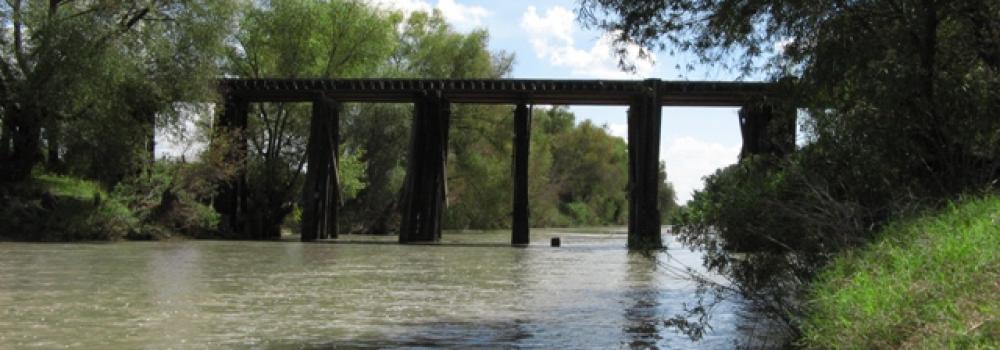
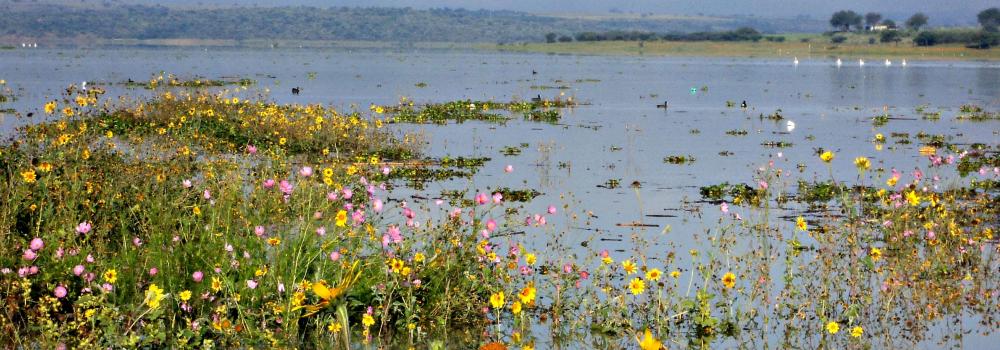
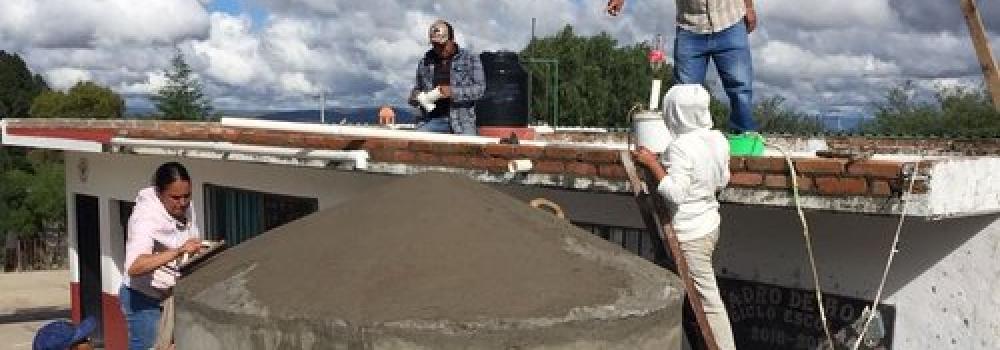
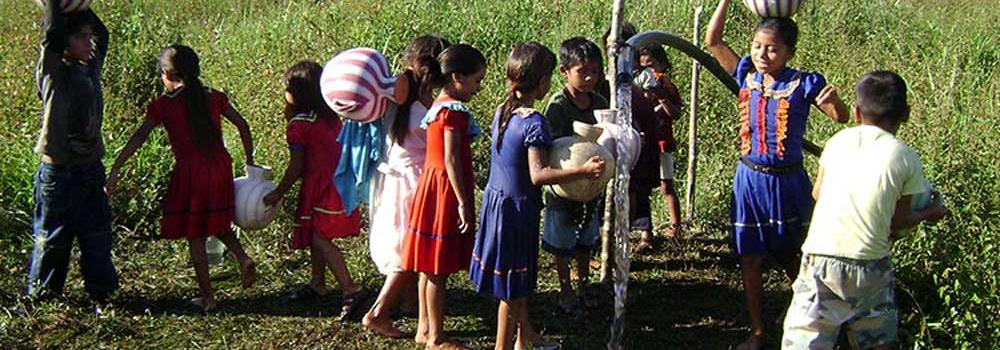
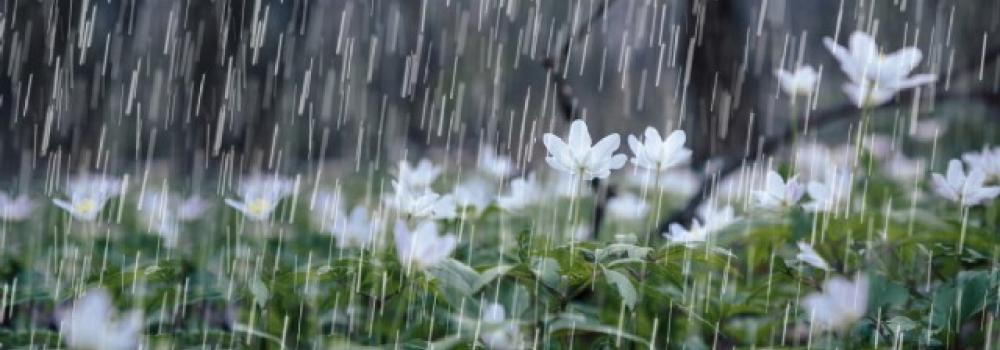
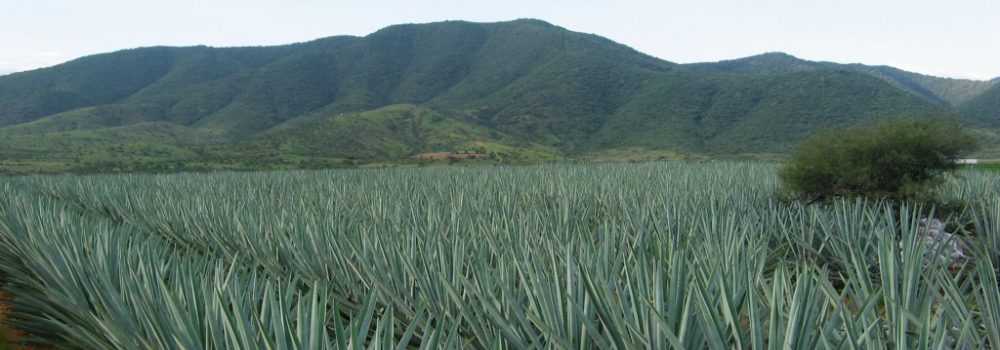
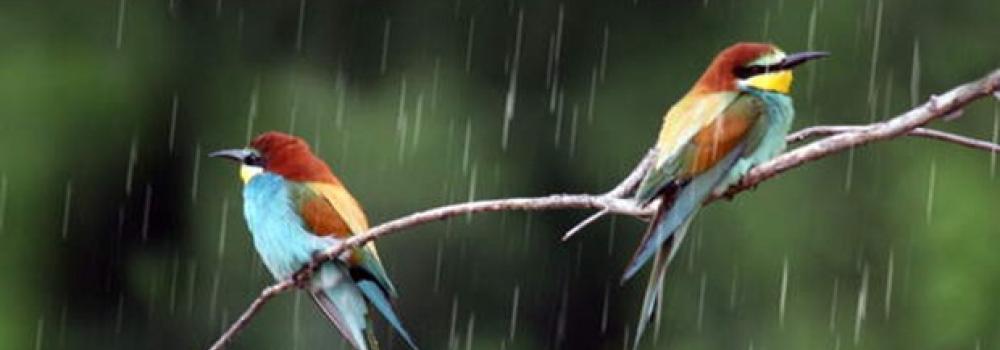
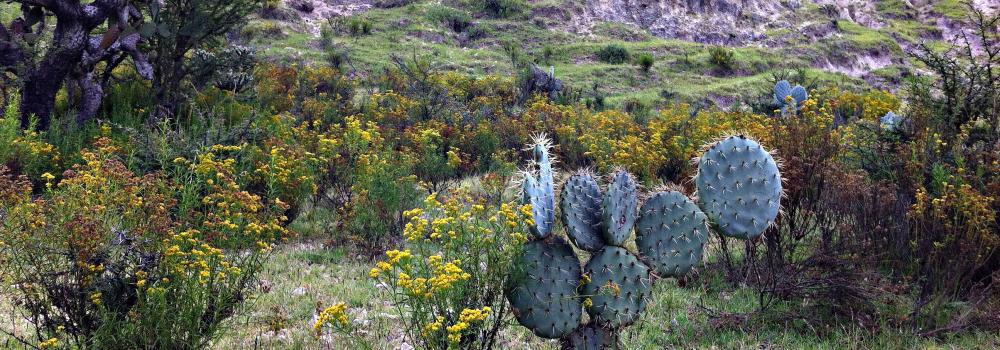
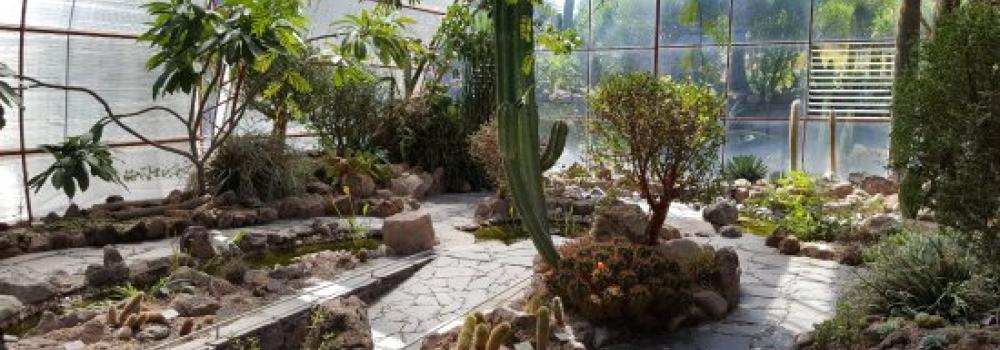
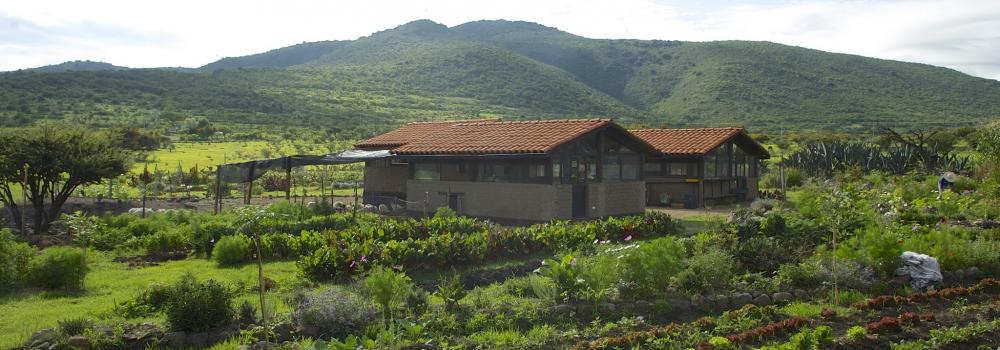
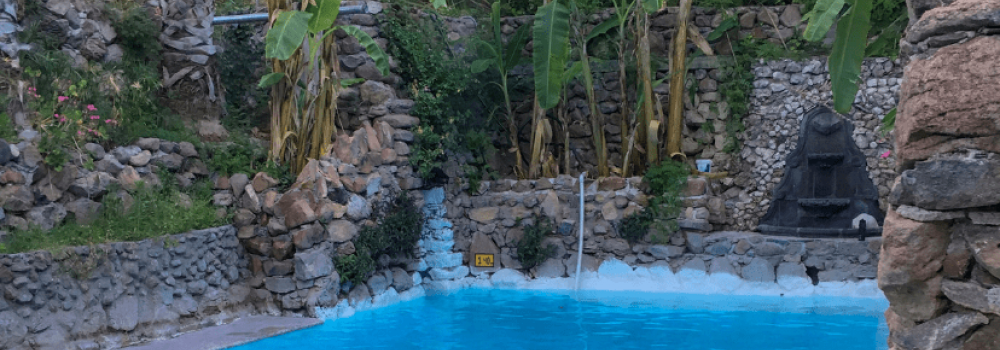
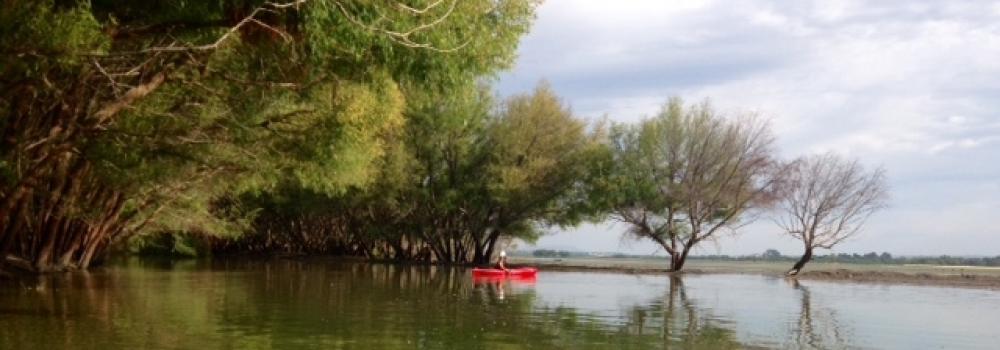
Add new comment